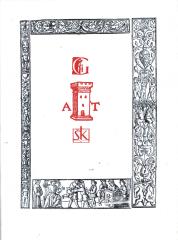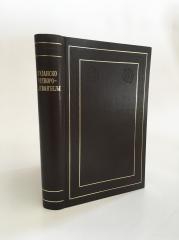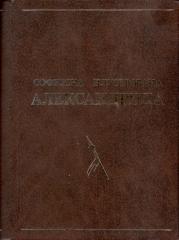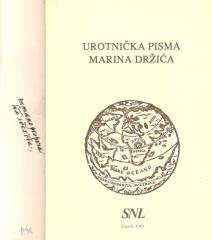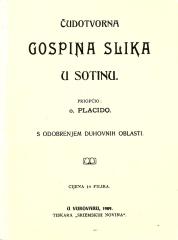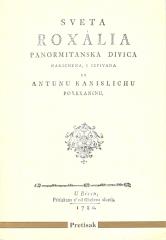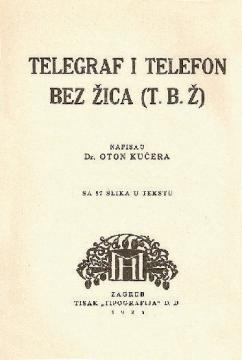
Telegraf i telefon bez žica (T.B.Ž.)
Oton Kučera, a pioneer in Croatian popularization of science, in his masterpiece Telegraph and Wireless Telephone (1925, Matica hrvatska; reprinted 1995), demystifies the miraculous technology of radio – the "wireless telephone" of the time.
As a professor and astronomer, Kučera writes in an accessible manner, without unnecessary jargon, using 57 illustrations to bring readers closer to the global hit: wireless communication that revolutionized the world after Hertz's experiments in 1887. The book, the last in Kučera's oeuvre of about twenty works, was published in the series Modern Inventions in Science, Crafts and Arts, just before the launch of the Zagreb Radio Station in 1926.
Divided into three parts, the book first introduces the basics of electrical engineering: the laws of electricity, the principles of oscillation and electromagnetic waves, and the role of the triode (invented in 1906 by Lee de Forest) as a signal amplifier. Kučera explains how Hertz's experiments with electric waves opened the way to the wireless world, emphasizing resonance (Ferdinand Braun) and antenna systems.
The second part traces the history of radiotelegraphy: from Righi's oscillators and Marconi's experiments in 1896 (the first transatlantic connection in 1902), through coherers (Branly) and crystal detectors, to telegraph transmitters with spark gaps and undamped oscillations (Poulsen's arc, 1902). Kučera highlights Fessenden's wireless voice transmission in 1906, using sonic sparks (Wien, Marconi), and receivers with a triode as an audioneum.
The third part is dedicated to radiotelephony: the triode as a voice amplifier, tube transmitters (Meissner, 1912), multi-tube amplifiers, resistors (Nernst) and modern receivers (Siemens-Halske). He discusses interference, the Heaviside layer and the fading effect, anticipating future challenges.
Kučera not only explains – he creates the Croatian technical vocabulary, inspiring the Radio Club Zagreb (1924) and experts. This book, written in the literary style of Our Sky (1895), is not just a textbook: it is a symbol of Croatian scientific enthusiasm in the interwar period, where science mixed with wonder. The reprint preserves the heritage, reminding us of the transience, but also the eternal power of waves.
One copy is available
